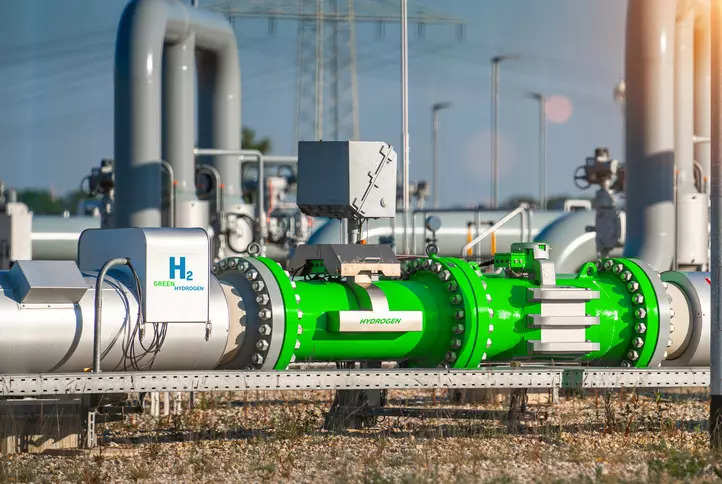
Seven companies in Germany‘s energy sector said on Tuesday that they had formed an alliance to bring clean hydrogen from the seashore to centres of industrial consumption.
Germany wants to build 10 gigawatts of green hydrogen capacity, made from solar and wind power, by 2030 and import massive volumes from overseas to help industries such as steelmaking or cement replace millions of tonnes of heavily carbon polluting “grey” hydrogen made with gas.
The alliance for the north to south hydrogen corridor focuses on the country’s only deep-sea port of Wilhelmshaven on the North Sea where production and imports will be arranged to eventually reach users via repurposed natural gas pipelines or newly-built hydrogen pipelines, they said in a news release.
A letter of intent had been signed and individual roles cast.
“The aim of the alliance is to create a network between Wilhelmshaven as a future location for hydrogen import and production with the industrial consumption centres in North Rhine-Westphalia and Lower Saxony,” they said.
The seven include the German arms of bp and Gasunie, and Germany’s own Nowega, NWO, Salzgitter, Thyssengas und Uniper. Together, they cover commodities production, storage, shipping and marketing as well as local crude steel production.
Uniper and bp expect to hear this year about whether applications for some funding help from the European Commission for ammonia imports as a carrier substance for green hydrogen, and to produce green hydrogen from offshore wind, find support.
Gasunie and Thyssengas also have applied for some EU funding for a planned 400 kilometre hydrogen link from Wilhelmshaven to the chemical industry region around Cologne by 2028.
NWO and Nowega will contribute parts of existing oil and gas pipeline grids.
The Salzgitter group, for its part, has laid foundations for transforming its main site at the same-named town to hydrogen-based steel project under the project name SALCOS, for which it received 1 billion euros of German government funding last week.

